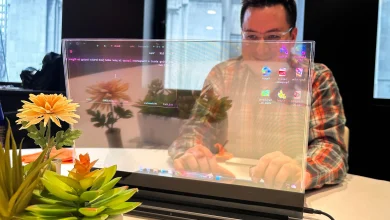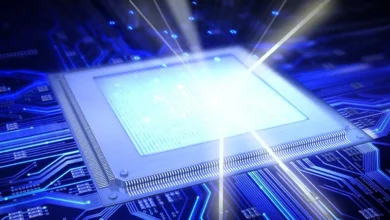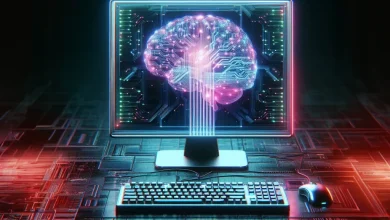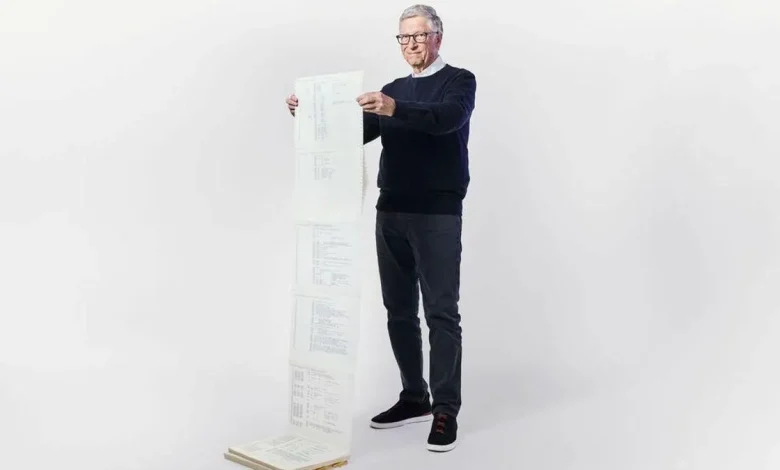
Microsoft’s Original Source Code Released by Bill Gates
Bill Gates makes history by releasing Microsoft’s original source code, giving the public a glimpse into the company’s software roots.
Bill Gates has opened a digital time capsule by releasing Microsoft’s original source code, offering tech enthusiasts a rare look into the company’s earliest innovation. The code base for Altair BASIC stands among the released materials which originated from 1970s programming history. Gates and Allen who were Harvard students wrote this software code alongside each other eventually leading Microsoft to become a dominant force in the software sector.
Altair BASIC ran its first version on MITS Altair 8800 which established itself as one of the earliest microcomputers in the market. Gates and Allen wrote the software using Harvard’s PDP-10 mainframe before they initiated Microsoft through its establishment. Now, decades later, the original source code is available to the public—thanks to the Computer History Museum, which has archived it alongside detailed historical context.
Inside the Release of the Original Source Code
The release of Microsoft’s original source code highlights Gates’ pride in what he calls the “coolest code I ever wrote.” During their shared venture at the age of 19 Gates teaming up with Allen created an interpreter which executed BASIC programming language that targeted hobbyists and early computer buffs. Writing software without resources or examples became the starting point for what would later become modern software because they had envisioned it.
The original source code consists of handwritten pages, printouts, and machine-readable versions of Altair BASIC. This recorded software demonstrates the brilliance of two college students who pioneered the foundation of what developed into the world’s biggest software company. The collection of original source code provides historians and programming developers together with retro computing enthusiasts with a singular opening to research foundational programming approaches.
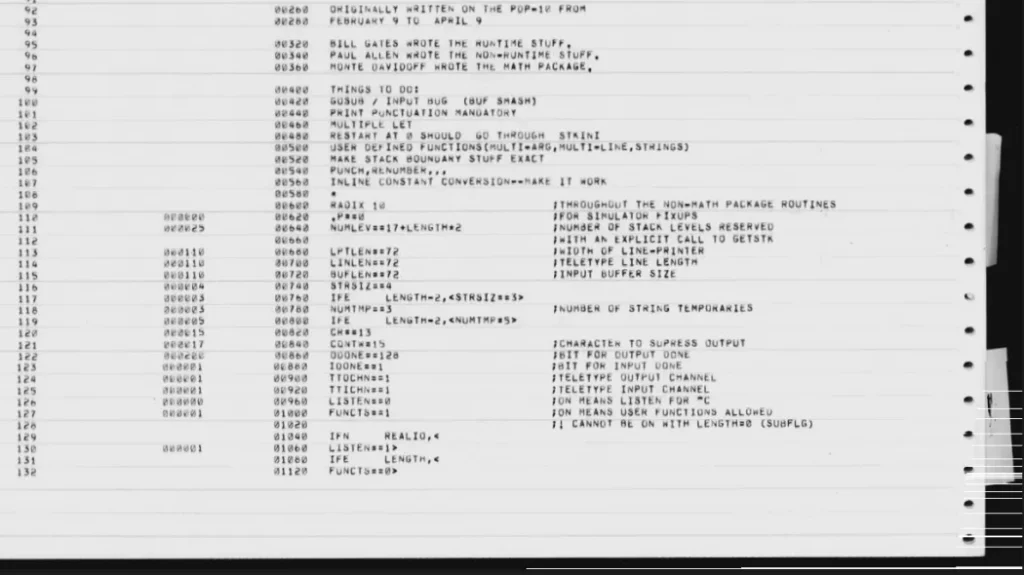
Why This Matters for Tech History and Education
Making the original source code public bridges past and present, showing how early computing challenges were overcome with limited hardware and creative thinking. The Altair BASIC interpreter provided Microsoft with their initial business opportunity which led them to take over the personal computing market. Gates and Allen started with their small-scale initiative which became Microsoft’s billion-dollar company and today researchers can inspect every single line of its evolution.
This release serves two purposes: it brings benefits to educators and students while it adds value to the educational realm. With coding education becoming more widespread, the original source code serves as a perfect teaching tool for understanding programming fundamentals. This release unveils the original development process of early software while showing the value of problem-solving capabilities in our current time.
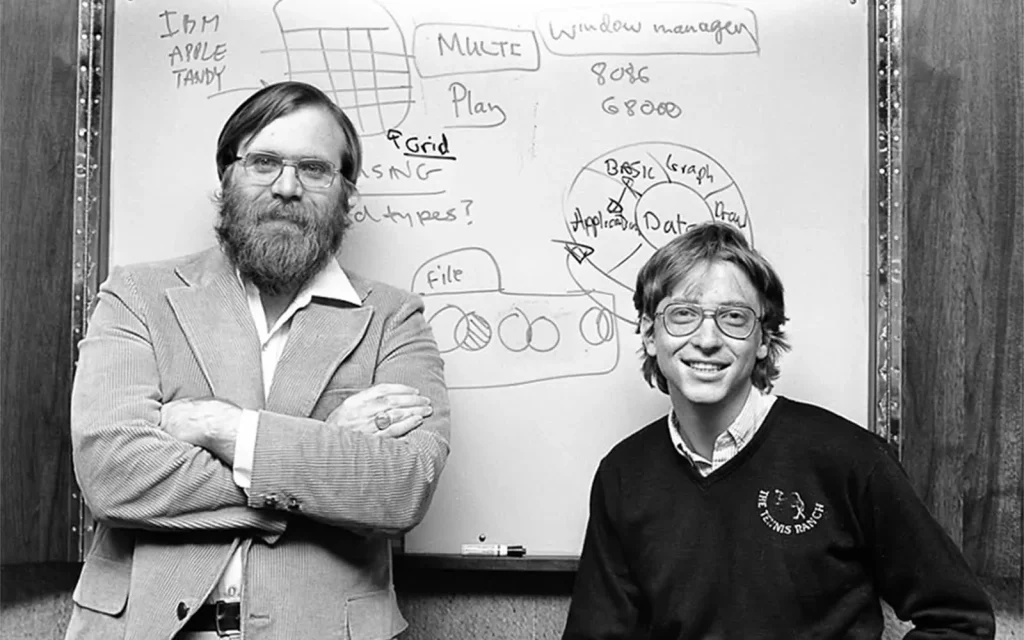
Final Thought
While Bill Gates has long stepped back from Microsoft’s day-to-day operations, his decision to release the original source code signals a desire to preserve and share the company’s legacy. Modern computing roots become easier to understand because the software evolution gets more intricate through this transparent act. Microsoft started as an enterprise by writing down short brilliant hand-code which underscores fundamental beginnings even for novel technological giants.
Thanks to the Computer History Museum, anyone can now access the original source code and explore how two young visionaries helped shape the digital world. These historical programming files extend an opportunity to anyone who wants to experience the foundational moments of the software evolution.
